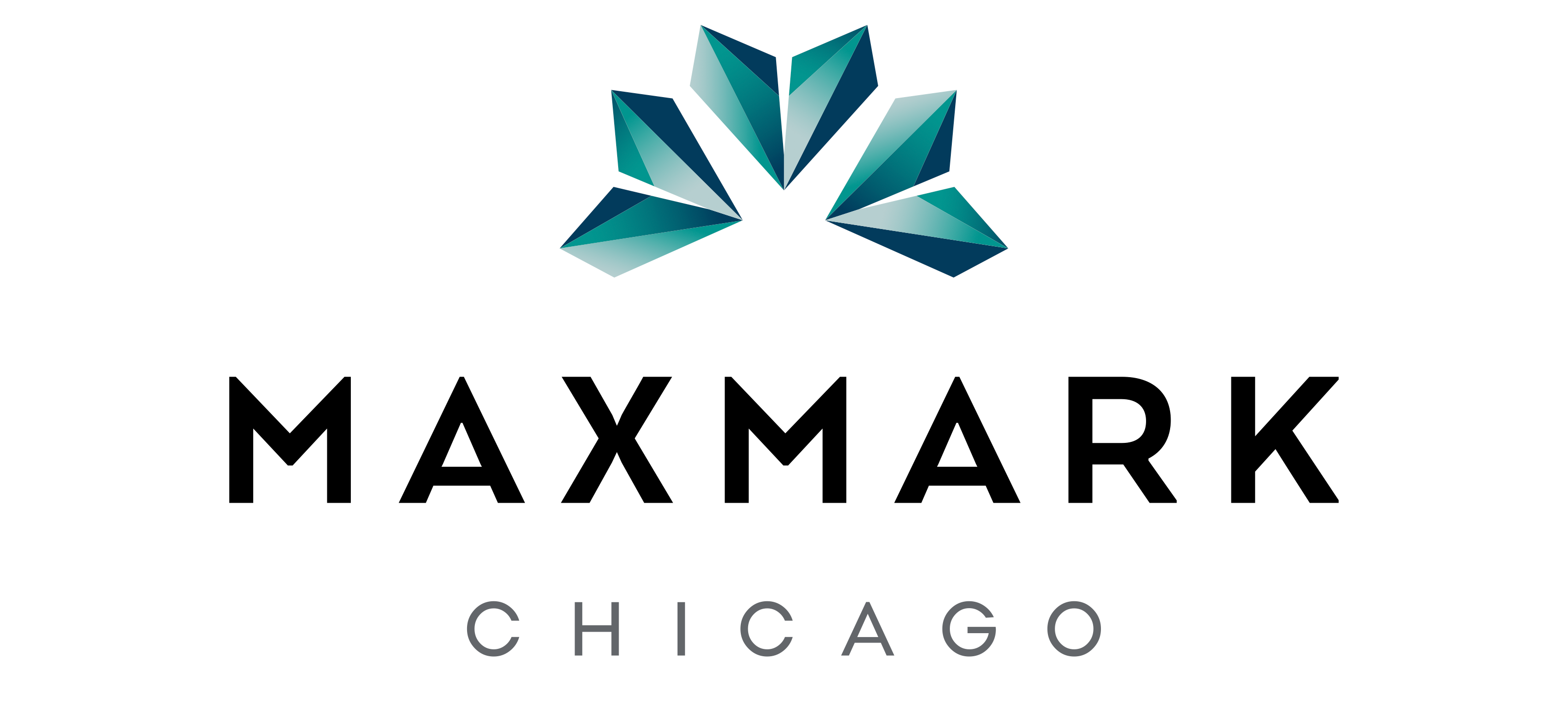Inside the Jewelry Making Process: Exploring CAD Design
In the intricate world of jewelry making, creativity and craftsmanship converge to transform precious metals and gemstones into exquisite works of art. At the heart of this process lies Computer-Aided Design (CAD), a revolutionary technology that has revolutionized the way jewelry is conceptualized, designed, and brought to life. In this blog post, we’ll take a closer look at CAD design and its integral role in the jewelry making process.
The Evolution of Jewelry Design:
Traditionally, jewelry making process involved sketching by hand and crafting physical prototypes through traditional methods such as wax carving. While these techniques continue to hold value, CAD design has ushered in a new era of design possibilities. With CAD, designers can create intricate and detailed digital models of jewelry designs with precision and efficiency. This technology has expanded the horizons of jewelry design, enabling designers to explore innovative concepts and push the boundaries of creativity.
Creating Digital Blueprints:
CAD design begins with the creation of digital blueprints or models of the desired jewelry piece. Using specialized software, designers can sculpt, shape, and refine the design, adjusting every aspect to achieve the desired look and feel. From the overall form and proportions to intricate details such as gemstone settings and surface textures, CAD allows for precise control over every element of the design. This digital blueprint serves as a roadmap for the jewelry making process, guiding the creation of the physical jewelry piece.
CAD also allows designers to create precise digital models that can be analyzed and tested for potential issues before physical production begins. This enables designers to identify and address any quality issues or design flaws early in the process, reducing the likelihood of rework during manufacturing.
Precision and Customization:
One of the key advantages of CAD design is its ability to achieve unparalleled precision and customization. CAD software enables designers to accurately calculate dimensions, angles, and proportions, ensuring that each piece is crafted to exact specifications. Moreover, CAD allows for endless customization options, from incorporating personalized engravings and birthstones to experimenting with different metals and finishes. This level of customization ensures that each jewelry piece is unique and tailored to the individual preferences of the wearer.
At the same time, CAD can easily scale to accommodate changes in project scope, production volume, and market demand. Whether designing a single prototype or a large-scale production run, CAD offers the flexibility to adapt to changing needs without significantly impacting costs.
Streamlining Production Processes:
CAD design streamlines the design-to-manufacturing workflow, reducing the time and resources required to bring a product to market. By automating repetitive tasks, eliminating manual errors, and facilitating seamless communication between design and manufacturing teams, CAD helps to streamline production processes.
Once the digital design is finalized, it can be sent directly to manufacturing equipment such as 3D printers or CNC machines for production. This eliminates the need for time-consuming manual processes and reduces the risk of errors associated with traditional jewelry making process. As a result, jewelry manufacturers can produce high-quality pieces more efficiently, meeting the demands of today’s fast-paced market.
Collaboration and Communication:
CAD facilitates seamless collaboration and communication between designers, manufacturers, and clients. Digital models can be easily shared, reviewed, and modified in real-time, regardless of geographic location. This enables designers to incorporate feedback from clients and stakeholders, ensuring that the final design meets their expectations.
Additionally, CAD design allows clients to visualize the finished product before it is produced, enhancing communication and minimizing misunderstandings. This iterative design process allows designers to explore multiple design variations, make adjustments on the fly, and refine their designs more efficiently.
Cost-effective:
CAD allows designers to create digital models of their designs before physical production begins. This enables them to optimize material usage and minimize waste by accurately calculating the required materials for each component of the design. With CAD, designers can create complex designs and detailed drawings with greater efficiency and accuracy than traditional jewelry making process. This reduces the need for manual labor and skilled craftsmen, lowering labor costs associated with the design process.
Conclusion:
In conclusion, CAD design has revolutionized the jewelry making process, offering unparalleled precision, customization, and efficiency. From creating digital blueprints to streamlining jewelry making process, CAD technology has transformed the way jewelry is designed and manufactured. As the jewelry industry continues to evolve, CAD will remain an indispensable tool, empowering designers to unleash their creativity and create timeless works of art that captivate the imagination and inspire awe.
FAQ
Q.How does CAD design enhance precision in jewelry making?
A. CAD design utilizes advanced software tools to calculate dimensions and angles precisely, ensuring that each jewelry piece is crafted with meticulous accuracy impossible through traditional methods.
Q.Can CAD accommodate personalized requests like engravings or birthstones?
A. Absolutely! CAD allows for seamless integration of personalized elements such as engravings and birthstones, offering endless customization options to create unique and meaningful pieces.
Q.What are the benefits of using CAD for streamlining production processes?
A. CAD streamlines production by automating tasks, reducing errors, and facilitating seamless communication between design and manufacturing teams. This results in faster turnaround times and higher quality output.
Q. How does CAD facilitate collaboration between designers and clients?
A. CAD enables real-time sharing and modification of digital models, allowing designers and clients to collaborate regardless of location. Clients can provide feedback, visualize designs, and ensure their vision is realized.
Q. Is CAD design cost-effective compared to traditional jewelry making methods?
A. Yes, CAD design optimizes material usage, reduces manual labor, and minimizes waste, resulting in cost savings for designers and manufacturers. Additionally, its efficiency leads to quicker turnaround times, further enhancing cost-effectiveness.


